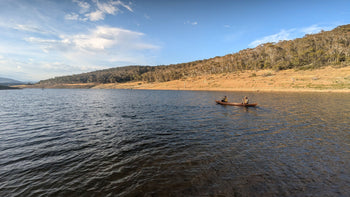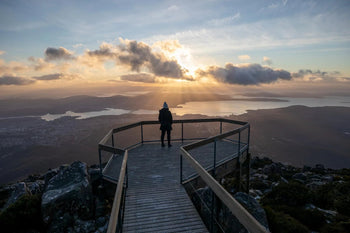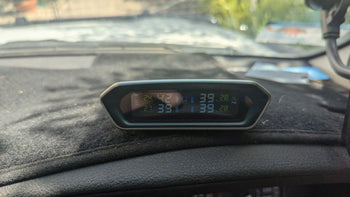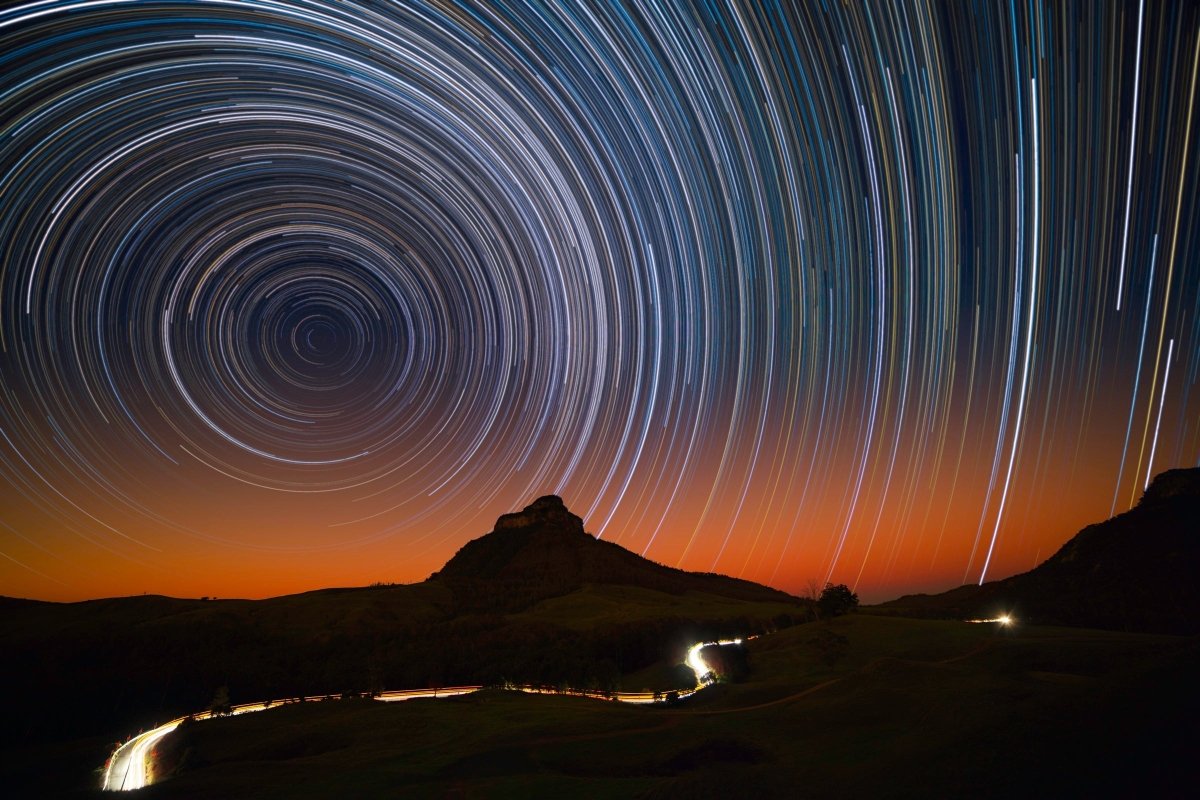

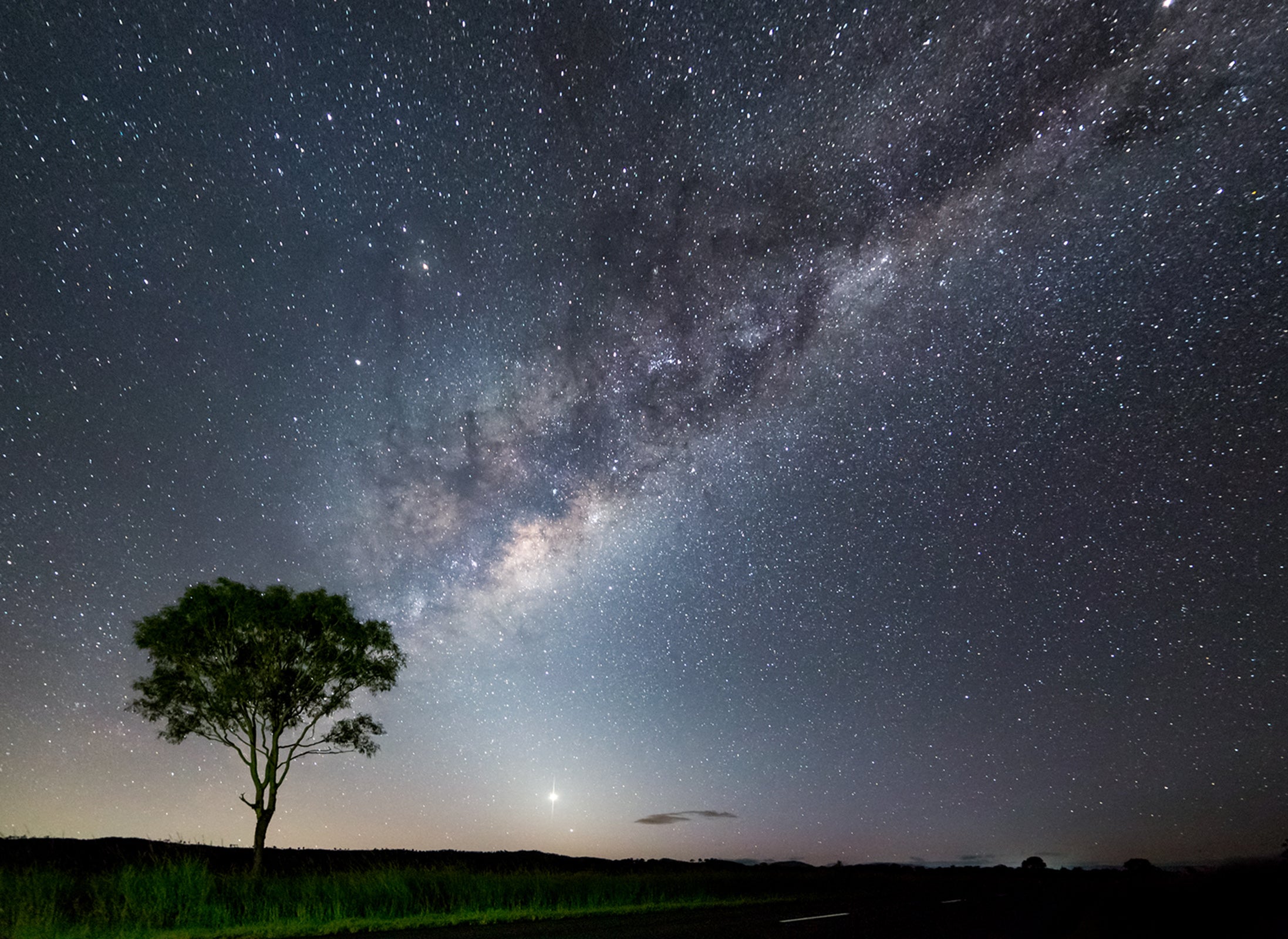

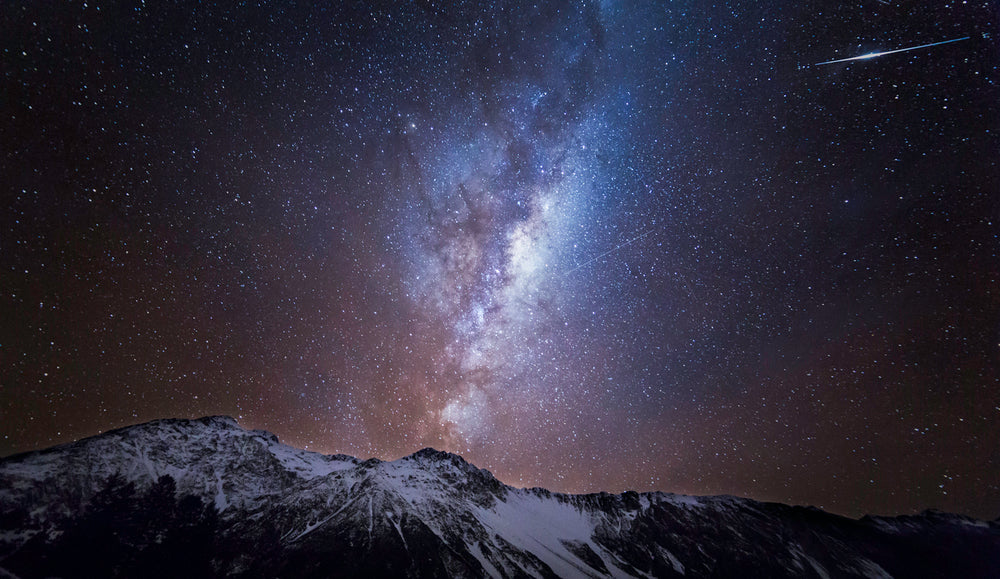
A few simple techniques and pieces of equipment can have you taking awesome night-time photographs in a heartbeat. There is so much to love about getting away from the city for a couple of nights. For one, there’s the fresh air. And of course, a warm campfire at day’s end.
But the best thing of all, in my opinion, is the lack of light pollution and the dark skies. Out in the wilderness, photography isn’t just something to do during the day. When the stars come out, I often forget to sleep...
For the uninitiated, star photography can seem complicated. But, the truth is, awesome night-time shots are well within most people’s reach, provided they own a few necessary items of equipment and follow a few simple guidelines. Here, I’ll do my best to run you through what it takes to do the galaxy justice.
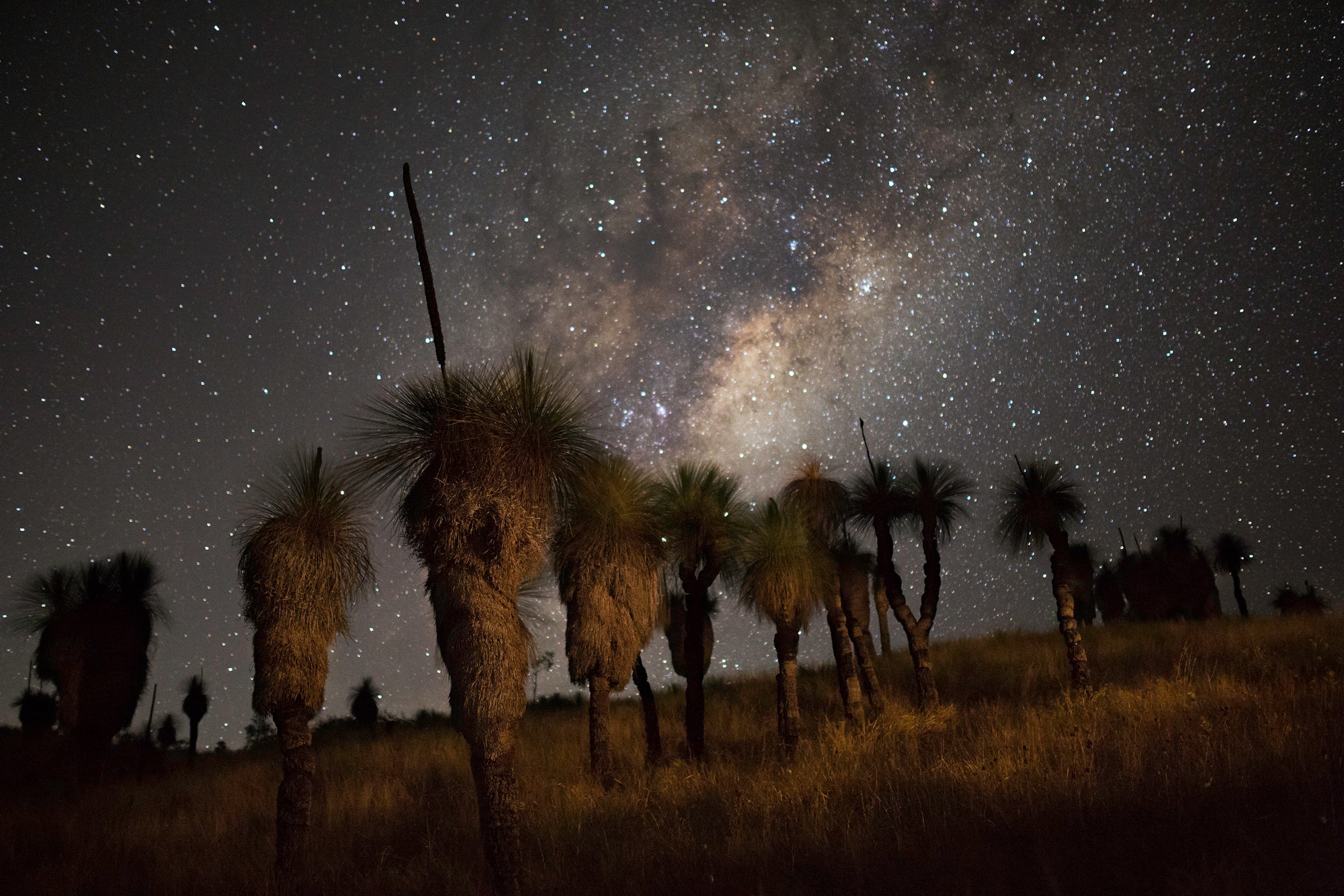
Equipment
There are obviously a few basic pieces of equipment that you will need: a DSLR/mirrorless camera with good low light capabilities, a fast lens (that is, a lens capable of wide apertures), a sturdy tripod and a good head torch. Just these couple of items will have you well on your way to taking good quality night sky images. Another excellent piece of kit is a remote control, or intervalometer. These will allow you to step your game up another notch by being able to do star trails and time-lapses. Let’s just concentrate on the basics for a moment:
The Camera
Most DSLR Cameras are more than capable of photographing the starry skies above; however, those that have a full frame sensor and excellent low light capabilities (like the Canon 5Div and 6Dii, or the Nikon D850) will yield better results. That's not to say that you can't get excellent results with crop sensor cameras (Canon 7Dii or Nikon D7100). A lot of the mirrorless cameras these days are also excellent at astrophotography. Did someone say Sony?
Lenses
For wide field astrophotography, you want a lens with a large aperture to allow as much light as possible to pass through the lens. This is ideally f/2.8, but you can still get good results with an f/4 lens. The Milky Way is pretty huge, so a lens with a wide field of view will make it easier to capture as much of it as possible. Something in the 14mm to 16mm focal range is ideal. The wider field of view will also allow you to use longer shutter speeds to gather more light.
Tripod
A sturdy tripod is essential due to the long exposure times associated with astrophotography. You need a solid platform, as most exposures will be in the 15 to 30 second range. Don't skimp here; a good tripod will last a lifetime. Just make sure it's not too heavy that you don't want to carry it!
Headtorch
It's dark out there, so you're going to need a torch. Better still, get a headtorch! That way you will have both hands to work your camera and controls.
Intervalometer. An intervalometer allows you to trigger your camera remotely without touching it. This prevents vibration in the camera. An inter-valometer will also allow you to make time-lapse sequences and star trails. Check if your camera has a built-in intervalometer, as most do these days. More and more cameras can now be controlled by your smart phone, eliminating the need for a remote.

Planning
When it comes to astrophotography (night photography), planning is one of the most vital factors which will lead to a successful image. If you haven't been to a location before, try to visit it in the daytime first, as this saves a lot of time stumbling around in the dark. Knowing where the stars will be, at any given time, will also help you when planning your composition.
This is where your smart phone comes in handy. Apps like PhotoPills and TPE (The Photographer's Ephemeris) are two of the best, and not only provide you with sunrise/sunset times, but also moon phase and the position of the Milky Way.
Finding that dark sky location also requires a fair bit of planning and research. Unless you are lucky enough to live in a remote rural location with super dark night skies (no city lights!), you will probably need to take a drive out somewhere relatively remote in order to photograph the Milky Way. This is a great opportunity to explore new places, so make the most of it and take your swag or tent and camp out!
Once you find your location, plan on venturing there some time between the last quarter and first quarter of the moon, ideally during the new moon. This is not a hard and fast rule, but the closer you are to the new moon, the more time you will have during the night with dark, moonless skies.
Another point to consider is the time of the year. The Milky Way (or the best part of it) isn't always visible. In the Southern Hemisphere, the best time to view the core of the Milky Way is from March to October. Stargazing is also better in the cooler months, as the air is cleaner due to the lack of humidity.
Settings
It is a good idea to put everything in manual mode. Manual focus. Manual exposure. Manual ISO. Manual white balance. Anything that can be in manual, put it in manual. Make sure you are shooting in RAW too! RAW image files contain more data than JPG files, and therefore allow for greater flexibility in post-processing.
Finding focus is critical in any form of photography. In astrophotography this process is made even harder due to the lack of light, which makes auto-focus pretty much useless. This is why, for the best results, we must use manual focus. If your camera has it, switch to 'Live View', then zoom in on bright stars and focus manually until it is a sharp point of light. If you can't focus on a star, you may need to set up a torch at least 100 metres away and focus on that. After you have got your focus 'locked in', you can then compose your shot.
Always make a test shot of the stars with your exposure settings to check your focus. Zoom the LCD all the way into the image review to make sure that the stars look like pinpoints. If they are out-of-focus circular blobs, re-focus and check again. Once happy with the focus, you can use some gaffer tape over the focus ring to avoid any accidental bumps.
Long shutter speeds equal long exposures which allows you to collect light over time; the longer you go, the brighter the stars and Milky Way will be. There is a slight hitch, however! The earth is rotating. If you leave the shutter open for too long, you will create small star trails, which is not desirable for a Milky Way shot. So it’s important to know how long you can expose for, before you get star trails. This will vary depending on what focal length lens you use. The longer the focal length, the shorter the ideal exposure, and vice versa.
To avoid this, you can follow the 500 Rule. Basically, you divide 500 by your focal length, which gives you your ideal shutter speed. If you are using a 16mm Wide-angle lens, you divide 500 by 16 to give you the maximum amount of time you can keep your shutter open without the stars trailing. 500/16 = 31.25 seconds. You would round this number down to a shutter speed of 30 seconds. Never round up!
In astrophotography, we need as much light to pass through the lens and hit the sensor as possible, so we generally shoot wide open. Set your aperture to the smallest number possible (eg. f/2.8, f/4). This will depend on the lens you’re using.
High ISOs are the key to capturing a bright Milky Way. Don’t be afraid to push the limits of your camera – this is the only way to capture enough light to create a great image. Start with a high ISO at 3200 and go up or down from there to get the correct exposure. Try to push your camera to the limits of its light gathering capability without compromising quality. Check and re-check your image review, zoom in on the LCD to check focus, review the histogram for exposure information and re-compose your frame often. Once you find an exposure you like, you can usually maintain it throughout the night.
As a general rule, I start with the following settings: ISO 3200, 30 seconds, f/2.8. This is what I call my 'go to' settings for my 14mm lens. This will get you a good exposure 90 per cent of the time, and is a good starting point. From there, you can adjust your ISO and shutter speed for the optimum exposure. Obviously, the ideal exposure time will depend on your focal length. Remember the 500 Rule!
Composition
Taking a photo of the night sky is one thing. Being able to tie it to the surrounding landscape in an appealing way is another, and indeed a must if you want your shots to rise above others and stand out.
There are quite a few compositional rules in photography, but I find one to be the most important... Your image must have a ‘point of interest’. An image without one will not hold your viewer’s attention for long. It could be something as simple as a tree silhouetted against the starry night sky, or you and a group of friends sitting around the campfire.
Oops, I nearly forgot – if you have the horizon in your shot, make sure it’s straight!
Last of all: Plan that trip, get out there and shoot, shoot, shoot. Good Luck!
All images taken by Matt Williams.

